Please note this page may take a moment to load because of the large number of images below.
This blog is a look at the Sony A7s low light capabilities. The low light capabilities have already been bragged on all over the web, but I wanted to see a side by side comparison with the Red Epic and Panasonic GH4.
As an Epic owner, almost every production situation the Red goes into it performs quite well … with the exception of ultra low light. The capabilities that are coming out now are starting to really turn heads! It’s fairly common knowledge that the Mysterium-x sensor in the Epic hasn’t dominated the low light space. It has many many awesome features, but super low light hasn’t been it’s strong point.
As all of these new tweets, blogs, and videos started emerging with the A7s, my interest was grabbed and I had to know how the Red compared against the new breed! It’s not totally an apples to apples comparison because each camera has strong suites, and no camera (that I know of) is the best at everything. The Mysterium-x sensor is also many years old now. There have been some touting that Red’s Dragon sensor performs better in low light. I don’t own a Dragon camera or have immediate access to one, so for now I can’t say!
A very special thank you to Dave Dugdale for inviting me over to check out the Sony A7s and the GH4!
Check out the screencapture below to see the explanation of our process and my thoughts on how the cameras compare:
Below are some screenshots that will give you an idea of how these cameras compare in a low light environment!
Setup
Our setup was using a Tamron 24-70 F2.8 on the Red Epic and A7s (via metabones adapter) and the 12-35 F2.8 on the GH4. All cameras were set to 2800k. We used Dave’s iphone at full brightness to key his face and the rest of the room was dark.
Click on any images below to see a 1080p resolution version.
First up, let’s see how the cameras do at 1600 ISO
1600 ISO
3200 ISO
So there we have our 1600 and 3200 ISO tests. Beyond this, I thought it would be worthwhile to check out how the A7s performs at very high ISOs. I feel like the sweet spot is right between 12800-25600. I feel comfortable shooting these ISOs and noise reducing if necessary, but truly they are phenomenal for how much low light they capture!
ISO 12800
You can see at this point the true gains the A7s has made in low light. Additionally worth noting, the highlight preservation on the A7s in SLOG mode is incredible! Especially in the next examples. It’s too bad that the only internal option for recording is 8 bit. 8 Bit and s-log can spell disaster in grading… with banding, compression artifacts and such. It’s best to have some kind of external recorder to take advantage of the slog recording option in most scenarios.
ISO 25600
At this point, I just left the comparison between two different gamma options in the A7s. The Red only allows you to select 12800 ISO, and at this point it was just fun to see how far the A7S could be pushed.
And beyond….
Truly the dynamic range of Slog gets shown off in these low light tests. The Cine4 option just didn’t hold the detail in the same manner!!
Stay tuned, also ahead:
- Dynamic Range Test
- Rolling Shutter Test
- Run and Gun test
Such interesting times in which we live. Get your phones out, it’s time to start lighting!!
Super special thanks to Dave Dugdale at learningdslrvideo.com and Caleb Kohl at chlorofil.biz
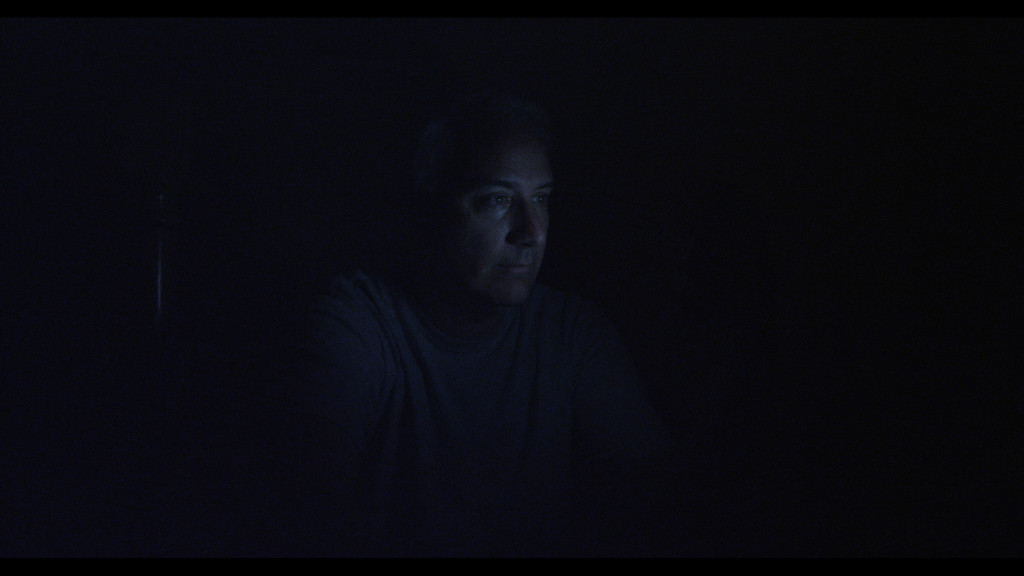
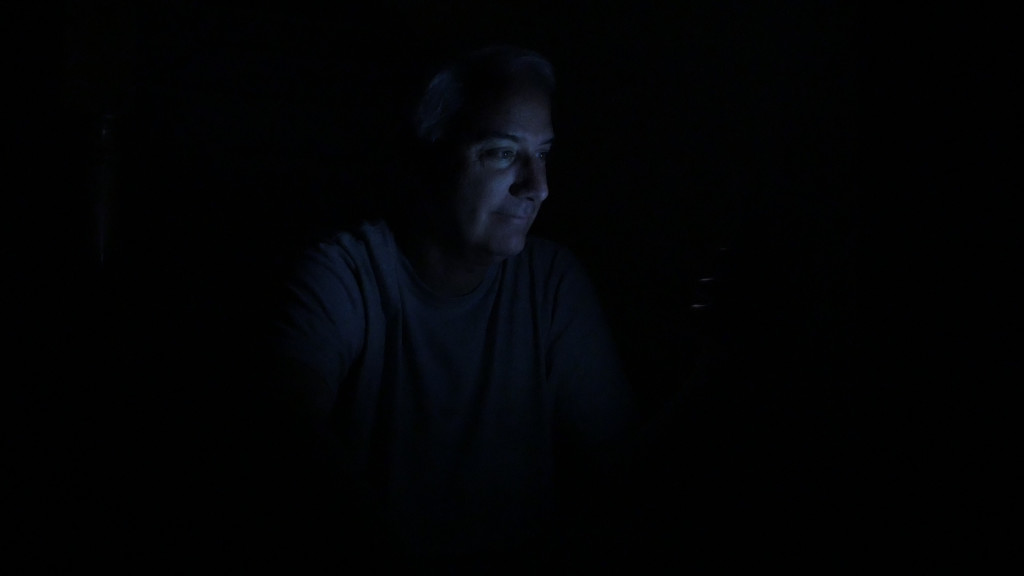
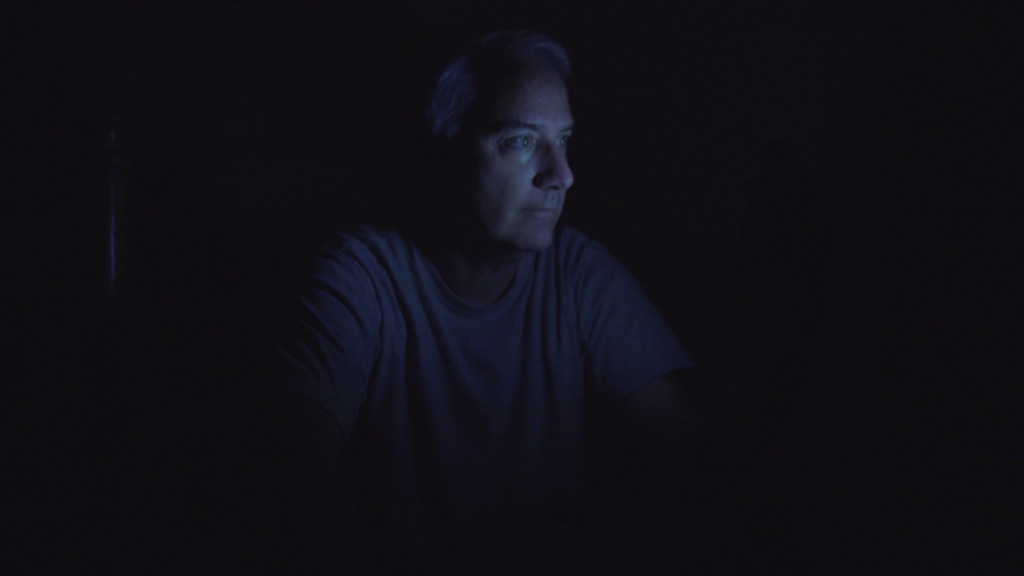
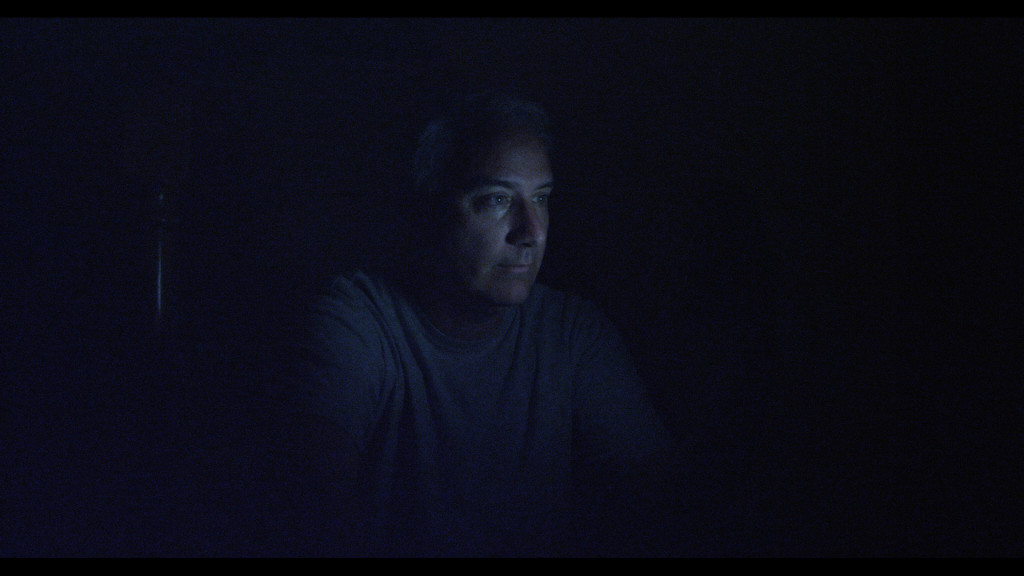
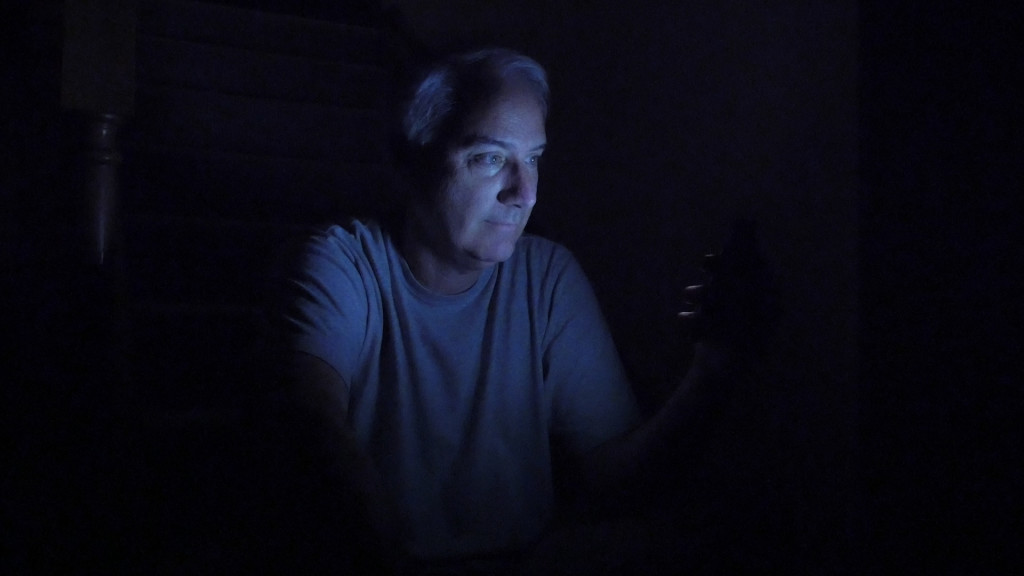
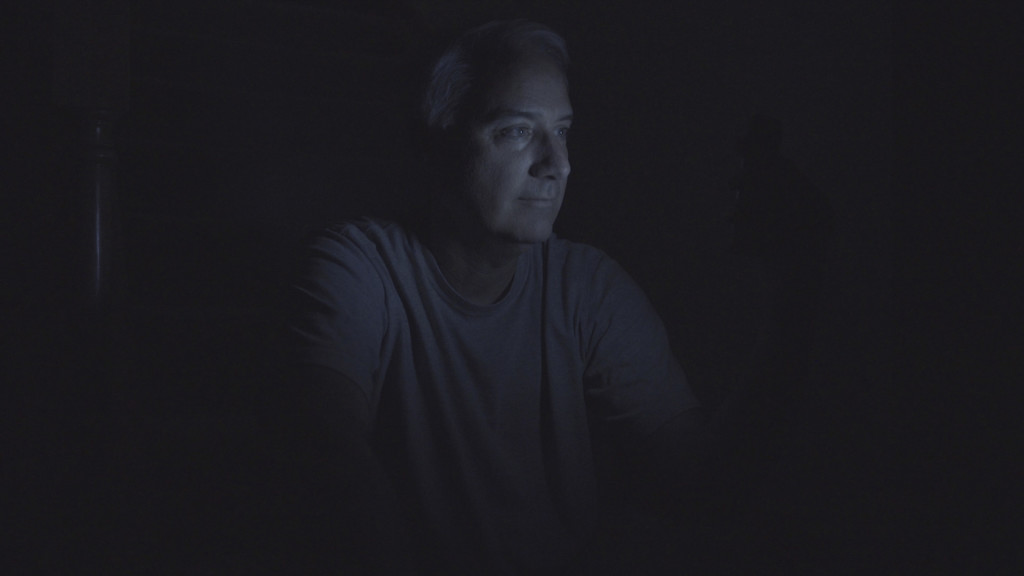
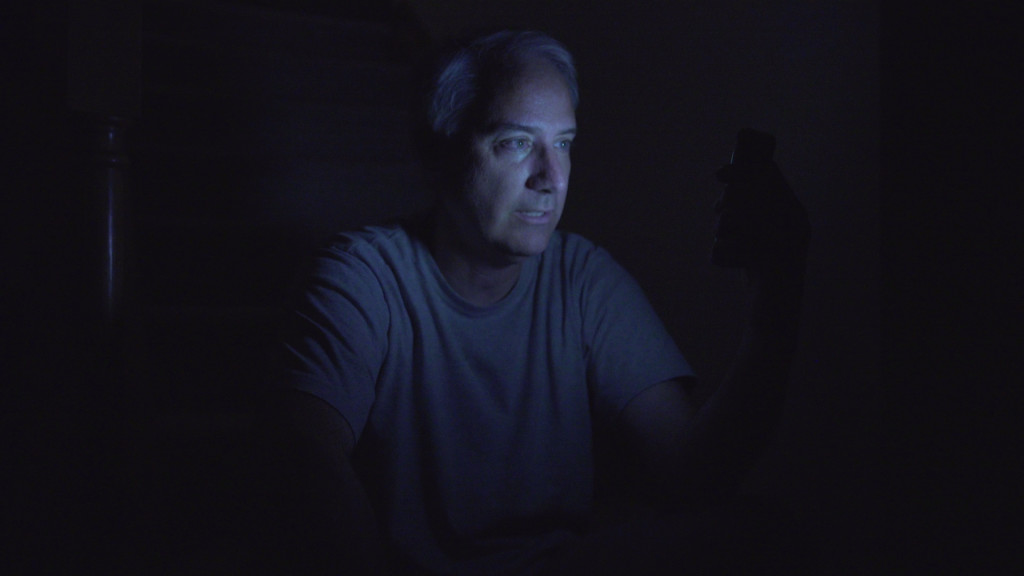
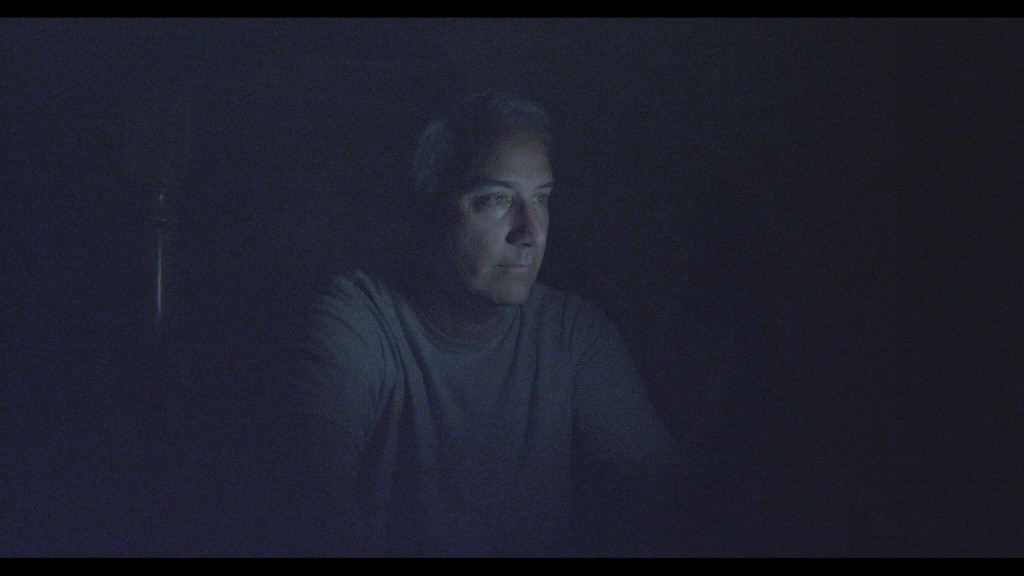
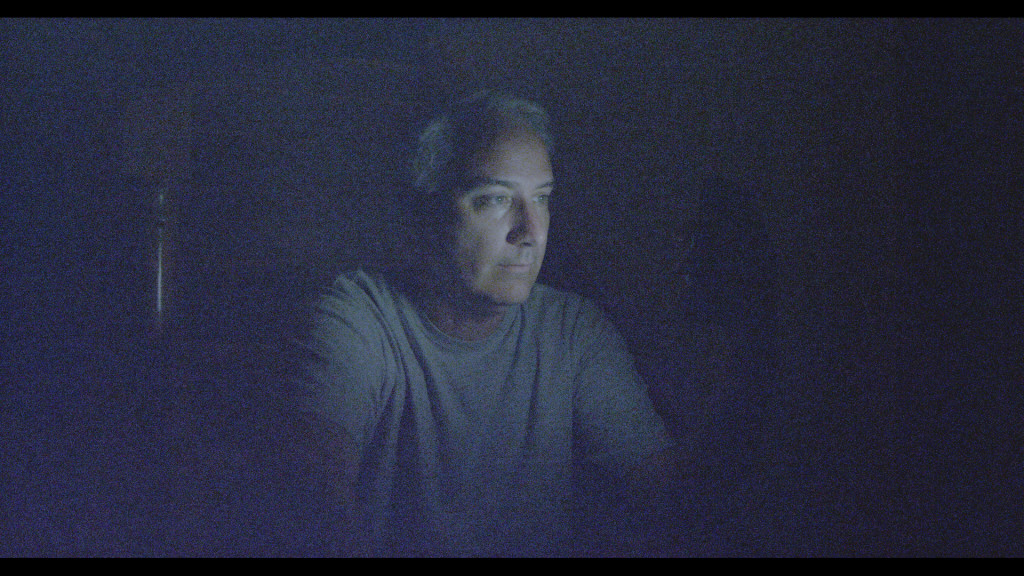
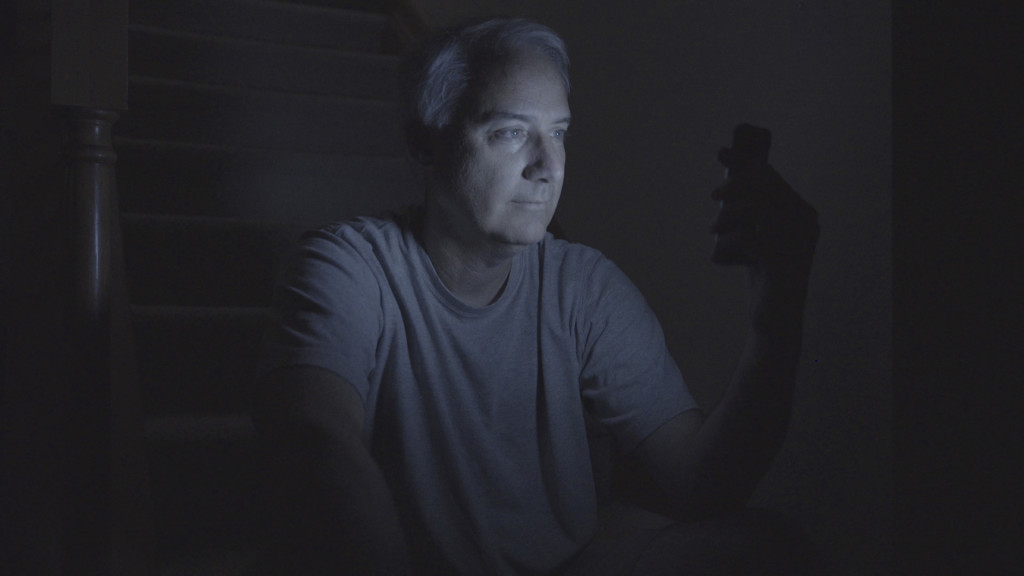
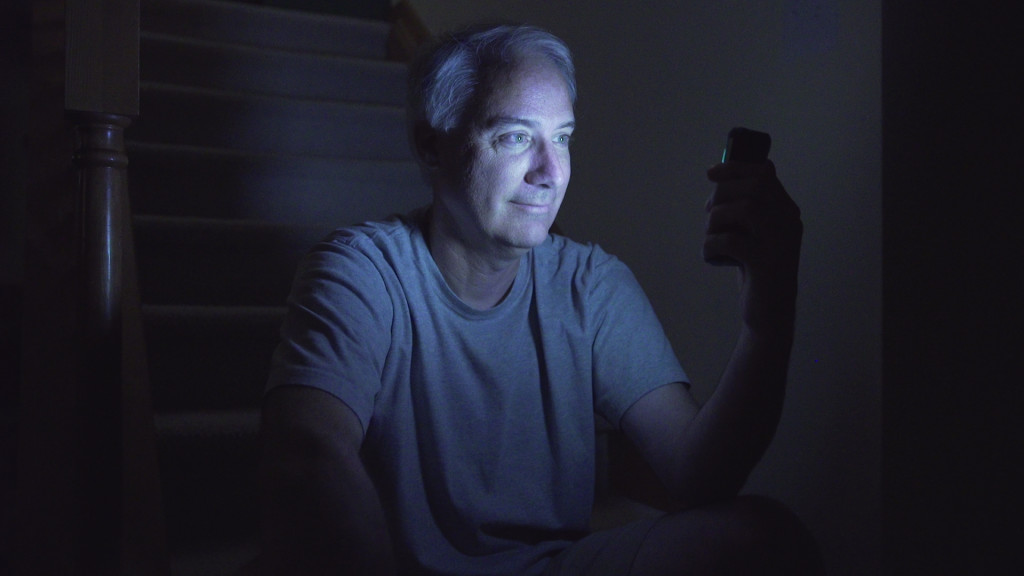
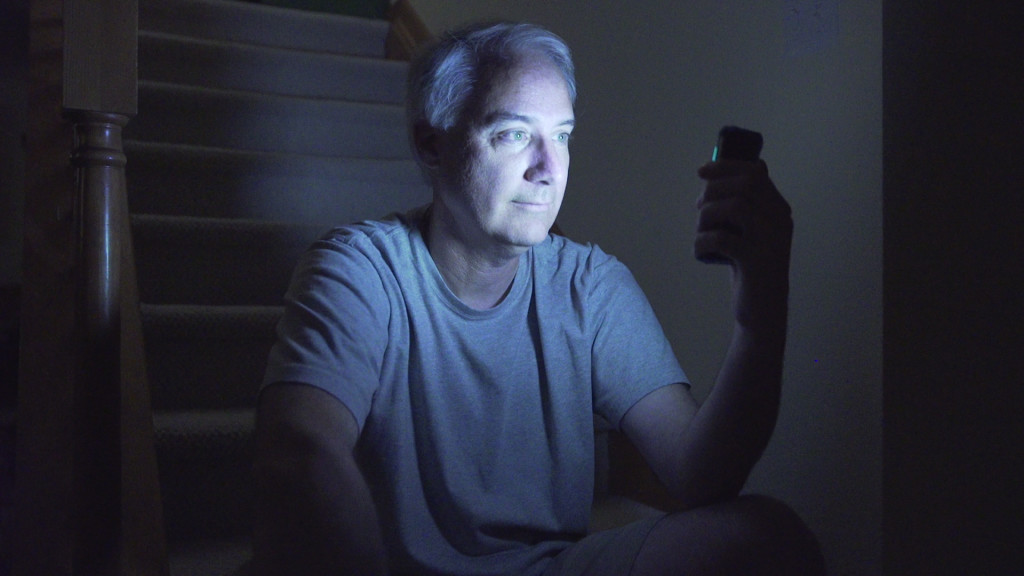
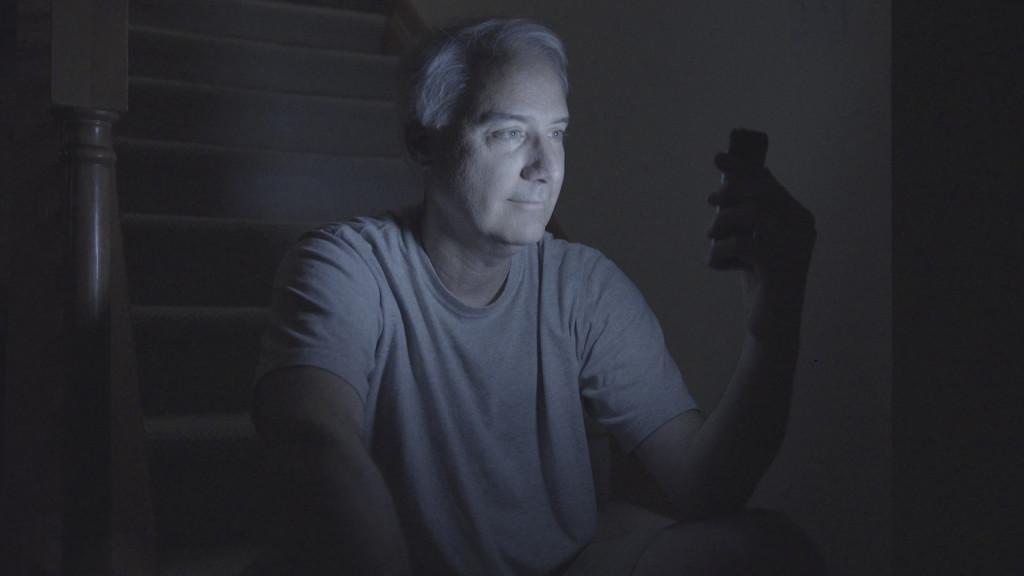
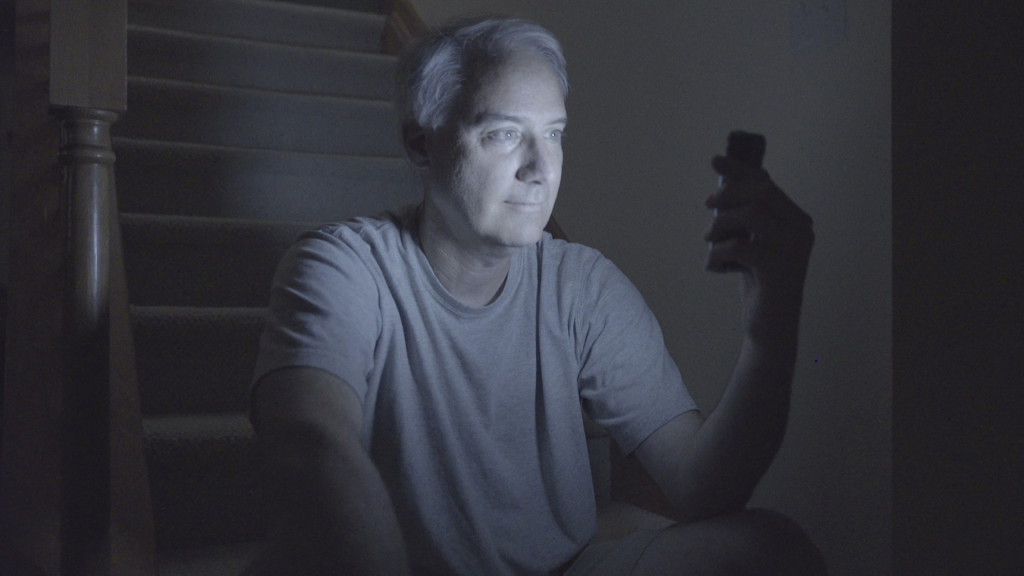
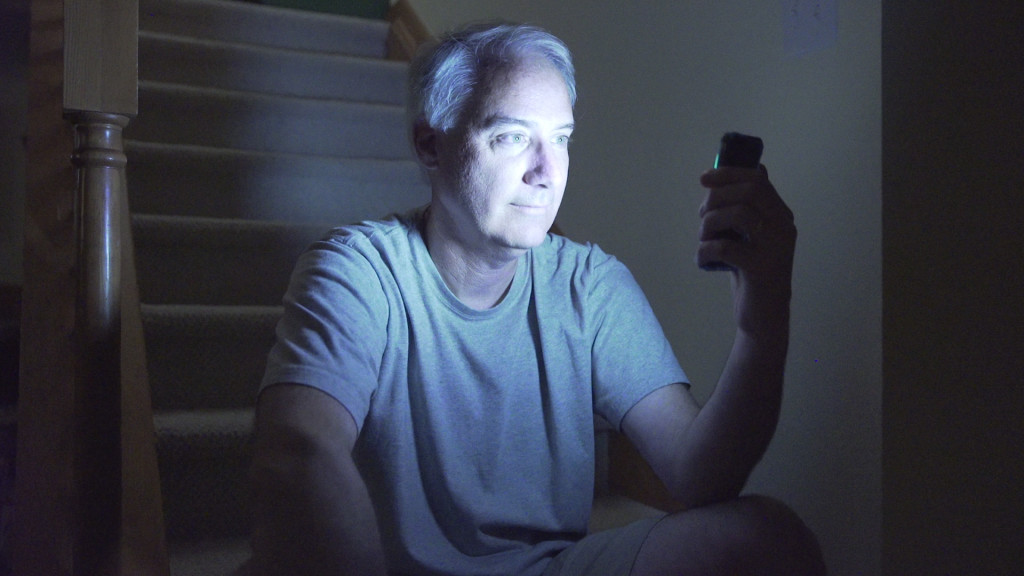
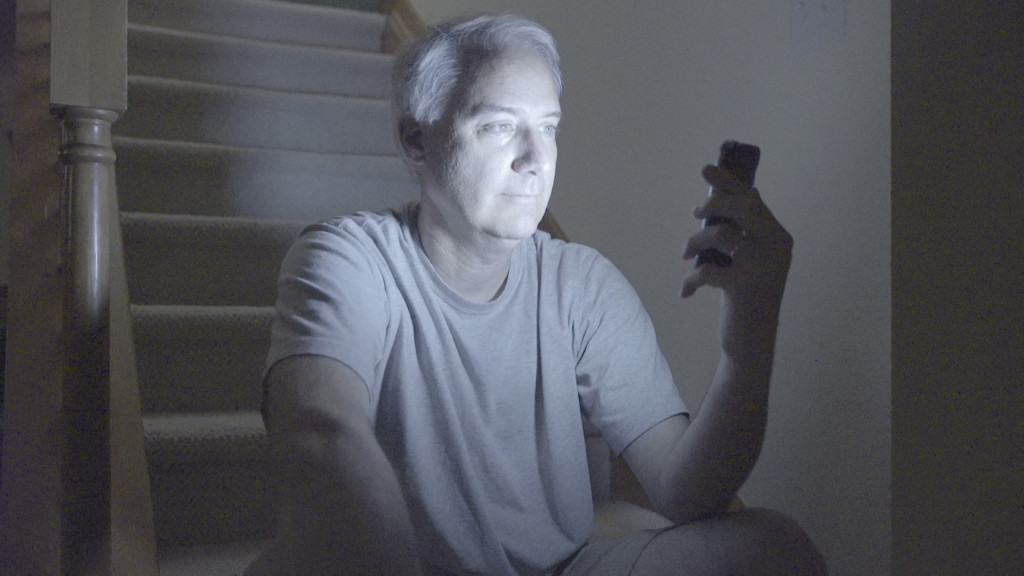
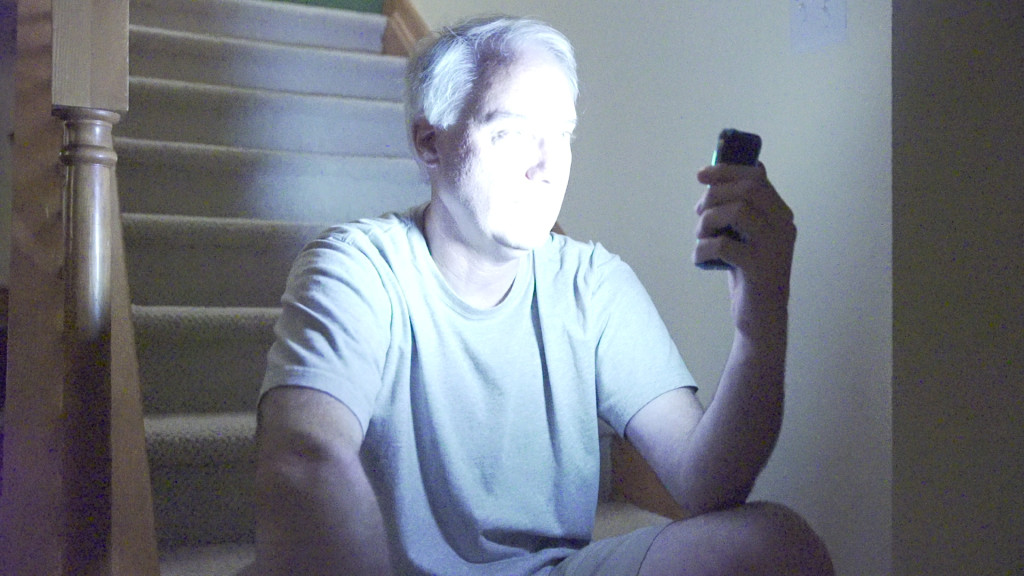
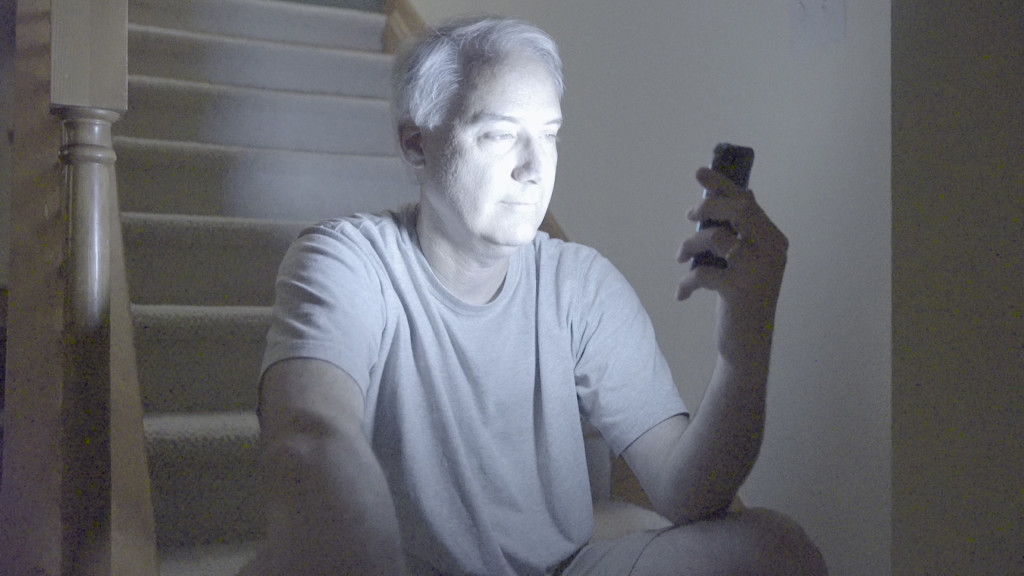
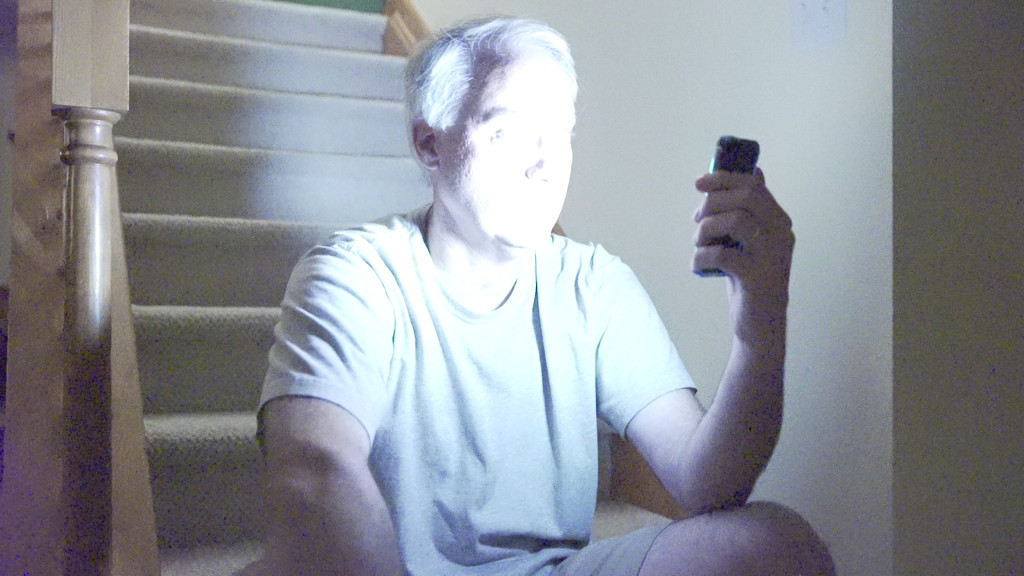
Comments
Hi, thanks a lot for these very interesting tests !
Although its well known that the GH4 strong point is definitely not low light abilities (rather than sharpness and format diversity), I would like to mention the fact, (and correct me if I’m wrong) that due to crop factor, the aperture should be half on the GH4 – if you want to compare apples to apples.
f2.8 Full Frame = F1.4 micro43
Also I havent tested this yet, but comparing 4K low-light could be interesting also (although it does require the proper – expensive- equipment for the sony a7s), to see how well it cleans (the noise should be sharper and maybe clean better, the counterpart being the huge load on the CPU).
Anyway, thanks again 🙂
Nice test, I have a GH4 and can confirm that up to 1600 ISO it is very usable in low-light. (including for 4K) Obviously for 1080p the Sony A7S is better. I would like to mention, that before the A7S came along, the Canon C100 and C300 were the best low light performers. You get almost noise free footage at 6400 ISO on the C100 (I own one and tried it) and at ISO 12800 it was doing pretty well too.
Besides that, if a scene if somewhat lit (even minimally) you normally do not need more than ISO 800 or ISO 1600. Still great to be able to shoot video at such high ISOs. Sony has a nice USP with this feature. Too bad though that you can’t do 4K video with the A7S on Camera, but you need an external 4K recorder which adds another $2000 to your price.
did you mean RED Epic Dragon or RED Epic Mysterium-X? “Epis” refers to the “brain,” or the camera and “dragon” and “Mysterium-X” refers to the sensor. It will will labeled clearly on the side of the camera; otherwise, Dragon goes up to 6k and the Mysterium-X goes up to 5k.
why not shoot in s-log2 with the a7s? that is the best flat colot profile to shoot in for maximum dynamic range (it also means native iso is 3200, which means lots of nd filters in full daylight).
It’s for the MX sensor, a good note should have made that more clear. I’m sure the new Helium S35 8K will dominate in this category!
how do I get gains off completely when shooting on the red dragon
We recommend shooting at a daylight base of 800 ISO and a tungsten base of 500 ISO to maximize the noise to highlight range.